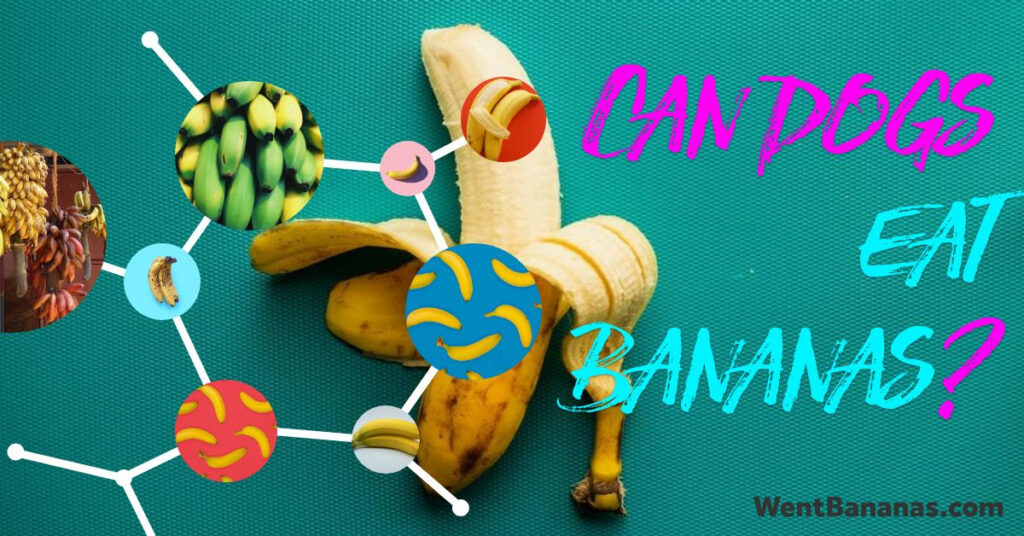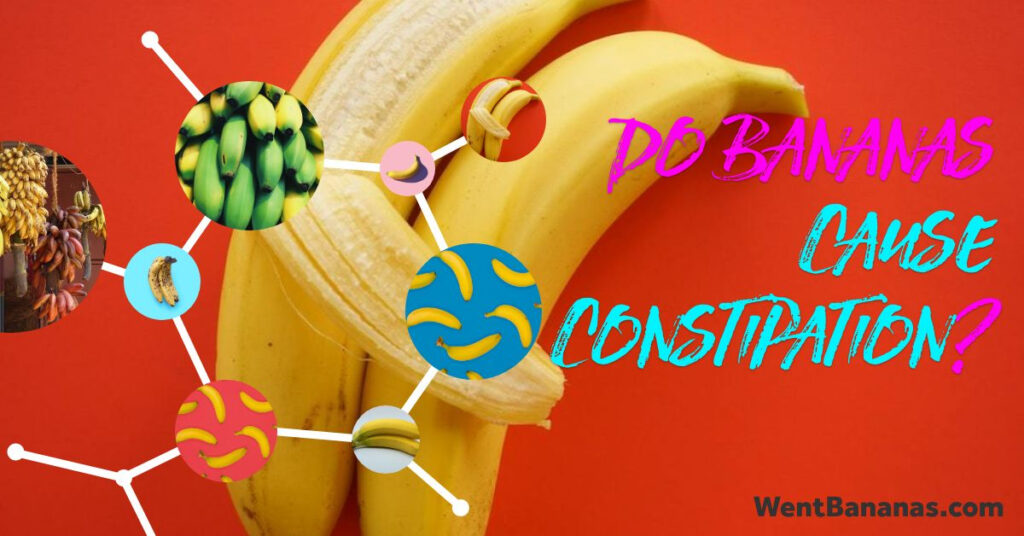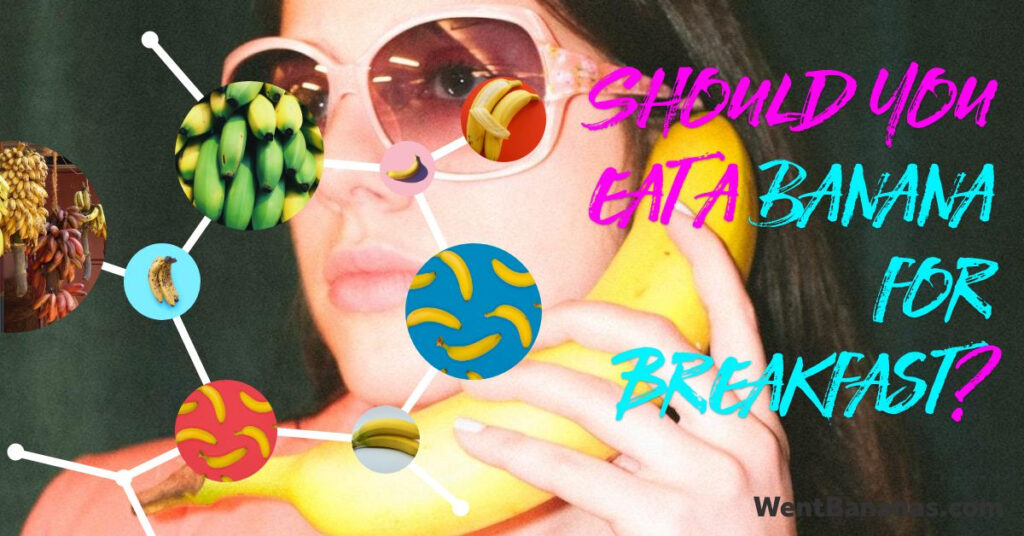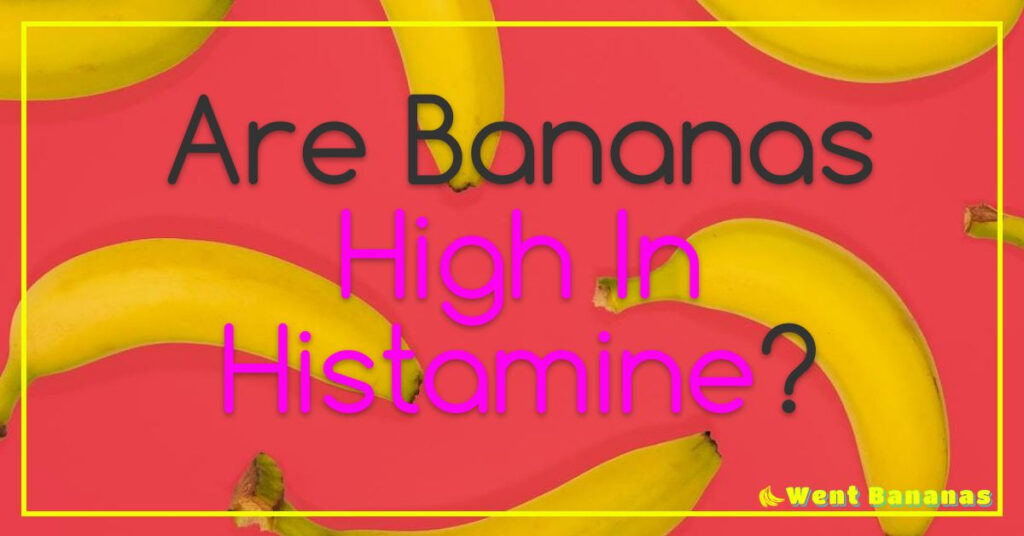When it comes to wacky facts about fruits, have you ever wondered if bananas are actually berries? The answer may be more complicated than you think! To help you answer the question and delve deeper into what makes a fruit a berry, keep reading.
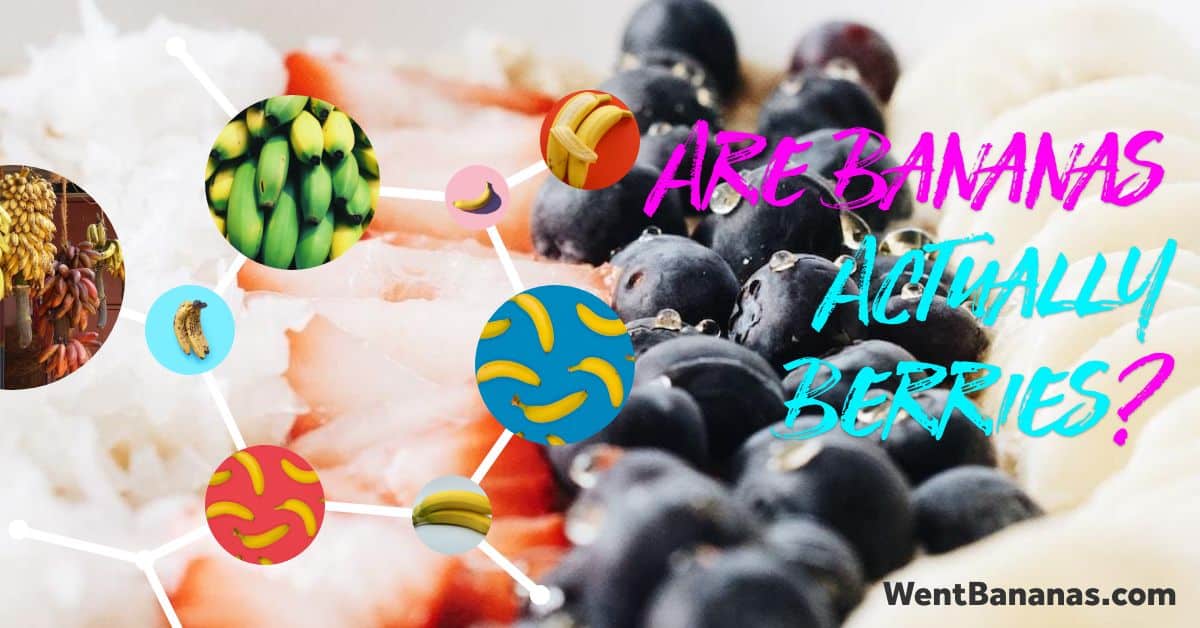
This article dives into the differences between fruits and berries and explores why some fruits that look like berries are actually classified as something else. Soon, you’ll know the answer to the age-old quandary: “are bananas actually berries?” So, read on to get the scoop!
Is a Banana a Berry or Fruit?
The age-old debate of whether a banana is a berry or a fruit has been raging for centuries, with no clear answer in sight. To properly resolve this perplexing quandary, it is necessary to delve into the depths of botanical science and understand the taxonomic categorization that governs plant life.

When observed through the lens of biological classification, bananas are universally considered to be classified as berries due to their thin skin and soft interior flesh which makes them drupe fruits similar to olives and cherries.
On top of this structure being composed of several individual carpels held within an ovary wall – giving credence to its ‘berry’ claim – they also contain seeds dispersed throughout their innermost layer despite having almost all traces removed during the cultivation process.
Even though bananas may fall under scientific definitions as ‘berries’ based on their physical characteristics, there exist other non-scientific criteria used by people when determining what makes something either category such as size or taste; both reasons why some individuals still refer to them simply as fruits rather than berries – making any conclusions on this matter inconclusive at best!
What’s the Difference Between Fruits and Berries?
Fruits and berries are both edible juicy plant foods, but they differ in many ways. Fruits are defined as the mature ovary of a flowering plant, while berries contain multiple drupelets that develop from a single flower ovary.
Furthermore, fruits typically have thicker skin than berries do and require more extensive processing to be eaten—berries usually just need to be washed before eating them raw.
The most distinctive difference between these two types of food is their flavor profiles: fruits tend to be sweeter than their berry counterparts because they contain higher concentrations of fructose and sucrose sugars.
However, some types of fruit such as cranberries can taste quite tart due to the presence of citric acid or other acidic compounds within them.
By comparison, most berried varieties will have less sugar content overall but often offer added complexity with notes ranging from sweet-tart all the way through sour-bitter depending on species type and ripeness when harvested for consumption purposes.
Bananas Are Botanically Berries
Bananas are often thought of as fruit, but botanically speaking they qualify as berries. In fact, all true berries have multiple seeds and come from one flower with one ovary. Bananas check off these criteria since the inside is full of small black seeds surrounded by fleshy edible sections – making them both attractive and nutritious.
Though they may look like it on the outside, bananas’ unique internal structure prioritizes nutrition over beauty; this nutritional content makes them an ideal snack or part of any meal plan.

Not only are they packed with vitamins and minerals like potassium, vitamin B6 and magnesium; their creamy texture lends itself to being eaten raw or cooked in various dishes without changing its flavor profile drastically!
On top of being nutritionally dense fruits (or rather ‘berries’), bananas provide numerous health benefits for those who consume them regularly – including improved digestion due to fiber content, lower risk for Type 2 Diabetes thanks to resistant starch found within their fleshy interior and even help strengthen bones owing to their high amounts of Calcium & Vitamin K.
All in all – despite what science has declared officially – we can confidently affirm that while not technically a “fruit”, consuming Bananas still provides us plenty reasons why it should be considered an essential part of any balanced diet regardless!
Bananas Are Not Thought of as Berries
Bananas are a unique species of fruit that is often mistakenly categorized as a berry. Though they may appear to be similar in shape and size, bananas actually belong to their own distinct family – the Musaceae family – which has no other members.
This means that while botanically speaking, bananas are fruits, they cannot technically be classified as berries due to their non-woody exocarp (outer layer).
Furthermore, unlike many true berries such as strawberries or blueberries, most types of bananas contain seeds; these small dark spots can usually be seen when the skin is peeled away from the flesh of the fruit. This sets them apart from berry varieties where there are typically few or no seeds present at all.

« Feeding Bananas to Babies: A Detailed Guide
The Rejuvenating Benefits of Eating Bananas Every Day »
All in all, it’s clear that although visually appealing and sometimes mistaken for one another – bananas should not really regard as ‘true’ berries but instead appreciated for what makes them so special – an interesting and delicious member of their own unique species!
Other Surprising Fruits That Are Also Berries
Berries are often considered to be sweet, edible fruits that come in a variety of colors and shapes. While many people may think of strawberries and blueberries when they hear the term berry, there are actually several other species that fit these criteria surprisingly well. Tomatoes, cucumbers, avocados, and even bananas can all be classified as berries under certain definitions.
Tomatoes grow on vines like most traditional berries do but their taste is quite different from that of strawberries or raspberries.
Cucumbers contain numerous seeds within their thick skin just like any true berry would while avocado has an outer fleshy layer surrounding its seed-filled core similar to blackberries or cranberry plants.
Finally, bananas have a tough outer shell with multiple internal segments filled with small seeds — qualifying them to be categorized as berried too!
These unusual fruit-like plants may not seem obvious at first glance but once you take into consideration some common characteristics shared between these various species then it becomes easier to recognize why such fruits might fall under the definition of “berry” after all!
Our Final Thoughts
In conclusion, the question of “are bananas berries?” is a tricky one and requires an understanding of many different aspects including botany, biology, and common usage.
Bananas are both technically a berry according to their botanical structure and not thought about as such by most people due to their unusual shape when compared to other familiar berries like blueberries or strawberries.
Plus there are even some more surprising fruits that are actually classified as berries! So next time this debate comes up in conversation, you now have all the facts at your fingertips.













